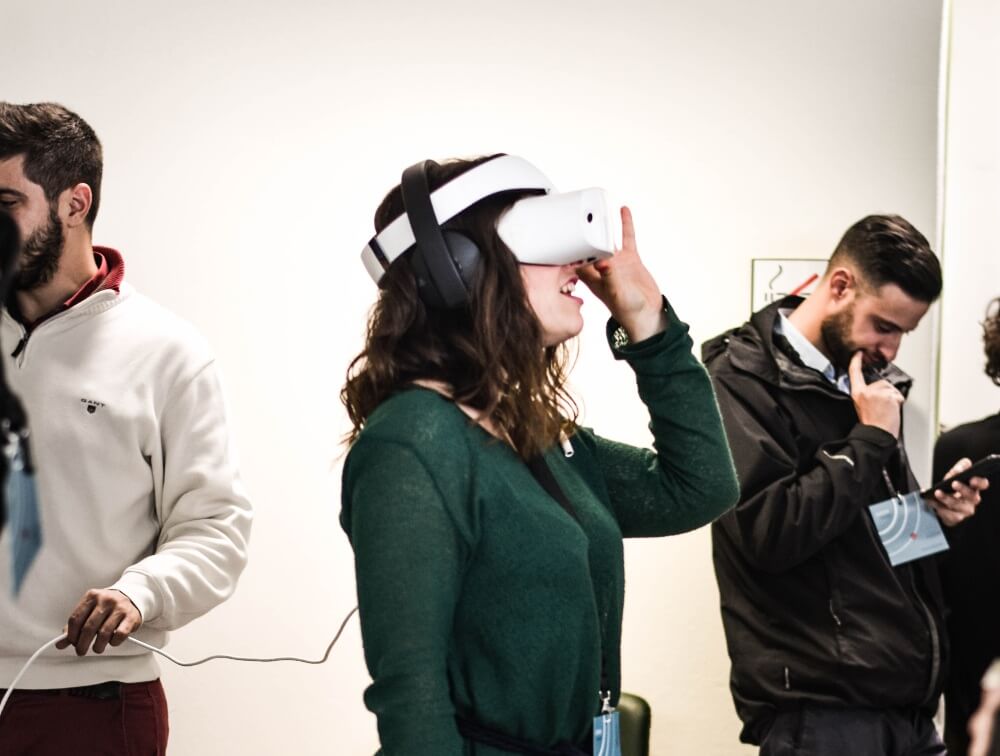A version of this article appeared as a Letter to the Editor in the Financial Times on 4 September 2021.
The metaverse is having a moment. Author Neal Stephenson made up the term in his 1992 novel, Snow Crash, to capture the same sort of virtual reality experience that the likes of Facebook is now competing to commercialise as the everywhere, all the time office. But the point of hybrid working is the ability to differentiate your place of work to facilitate tasks that require human communication and bonding. VR might be a quasi-successor to Zoom but still won’t capture physical presence.
As we emerge from enforced remote working, over 50% of global knowledge workers from all age groups want a hybrid work style; some days in an office and some remote.[1] Coupled to this is the divergence from standard office hours. As people spend less time in an office space, the hours they work when they are there and when they work remotely may not happen at the same time.
Time and place should not be blurred
Hybrid working is about separating work into different tasks and doing them in the place - a mix of home, office or 3rd space - that produces the best outcome. The point about location flexibility is that it enables people to optimise where, and ultimately when, to do different types of work. The ability to compartmentalise time and place matters.
In a recent interview in The Verge, however, Mark Zuckerberg of Facebook equated the company’s new VR headsets with the “infinite office,” offering the ideal set up for focus time and individual productivity. But this risks perpetuating the ‘living at work’ nightmare that many experienced during lockdown as the boundaries between work and life became blurred.
Physical presence matters
A positive workplace experience; physical interaction with the right stakeholders, matters more than ever as hybrid employees allocate remote hours to get desk work done or do Zoom calls.
When workers plan to be in an office space they want to socialise; to mingle with colleagues in a physical environment. They will not want to forfeit those hours by participating in lots of virtual meetings, or Zoom calls with colleagues who might be sitting one floor below.
VR discounts the relevance of human contact
Donning a clunky VR headset and pretending to be in the same space as your colleagues might work for fully remote workers, but will not serve the majority who want a hybrid workstyle.
Virtual reality tools restrict the ability to work different hours and discount the relevance of physical proximity. The reciprocal chemistry and spontaneity of human interactivity cannot be replicated in a metaverse. Not only do avatars lack the power of tacit communication and body language, they resemble cartoonish configurations of colleagues and managers we are meant to take seriously.
Planning effective office time
As offices reopen, the priority for organisations is how to assure workers that spending time in an office space is going to be effective. Workers want to see people that are relevant to their work and keep up with different stakeholders as priorities change. Leaders finding it hard to encourage their people to return to the office need to simplify the process of planning when to be there.
The practical tools that hybrid workers really need are not those that transport them to a fictional universe, but help them to keep up with others’ changing location in order to optimise what to do where and who they need to see.
Giving teams agency to manage how best to work in a hybrid pattern should trump leaders worried about losing control. After all, autonomy is key to unlocking motivation and productivity.
- The most recent Future Forum Pulse survey found that over 50% of global knowledge workers from all age groups want a hybrid work style. At 71% the strongest desire for a hybrid model was amongst the youngest age group (18-29 year olds).







